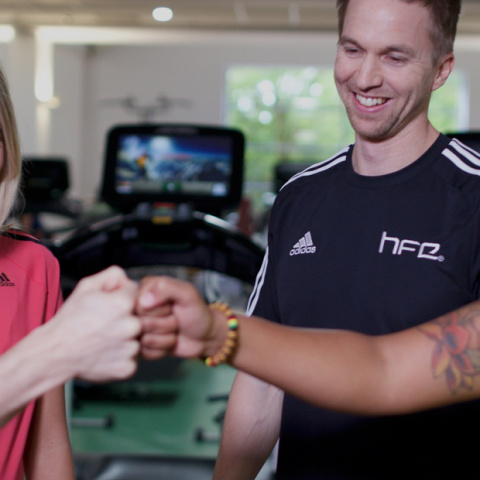Barefoot shoes have recently become very popular, and have attracted quite a following, in no small part by a book called Born to Run. The premise of barefoot shoes is that they allow people to walk and run as nature intended, without limitations that are created by modern sports shoes.
Our feet are an engineering masterpiece, as claimed by Leonardo DaVinci. It’s true, 26 bones, complex articulations, tendons, ligaments, muscles, fascias, all come together in a perfect concert to keep us upright and moving forward over terrain that modern robotics from Japan can’t master.
Our feet are truly amazing, they can absorb the load of 3 times our body weight when we run on uneven surfaces, and then in less than 0.3 of a second become a rigid level to propulse us forward in our next step. Surely we can’t improve on this with some chunky rubber under the foot? I might agree, but what we need to consider is change of load, and training effect…

Some cultures are unshod through their infancy and school years. These individuals spend many hours playing, running, climbing exploring and doing all of the things children do without shoes. Invariably unshod cultures walk on natural surfaces in agreeable temperatures. Over these years the feet develop to the stimulus of interacting with the ground, not a shoe. Some of these cultures produce outstanding athletes, one Zola Budd springs to mind.
In recent years, minimalist and barefoot shoes have appeared in the UK. Some come with bold claims of reducing injury, and improving performance. What we can be sure of is that they are quite different to what many people have been exercising in for the last 20 years.
A sudden change to a barefoot shoe, whilst continuing high impact exercise carries an increased risk of injury. A foot which hasn’t had the years of development without the support and cushioning of modern running shoes can be likened to a sedentary person deadlifting 100 kilos, we can imagine how it will end. For runners, the training surface also needs considering. Barefoot shoes can be seen in most road races these days, but haven’t yet been the first shoes crossing the line at a major marathon.

There are some benefits to barefoot shoes, they weigh less, will cause muscular development, lead to a greater appreciation of the surface, and lead to a greater awareness of gait in the wearer. What must be considered though is training effect. It would be foolish to have a novice deadlift 100 kilos in their first session. It would be reasonable to have it as a target after progressive training and recovery though.
The same principles need to be applied with changes to footwear. Consider the forces, and if they are changing allow time for adaptation. An easy way to approach the issue of shoes is that barefoot shoes only on natural surfaces, and man made surfaces require a man made solution. Look at what Mo runs all of his road miles in, there is plenty of control and cushioning in them.


